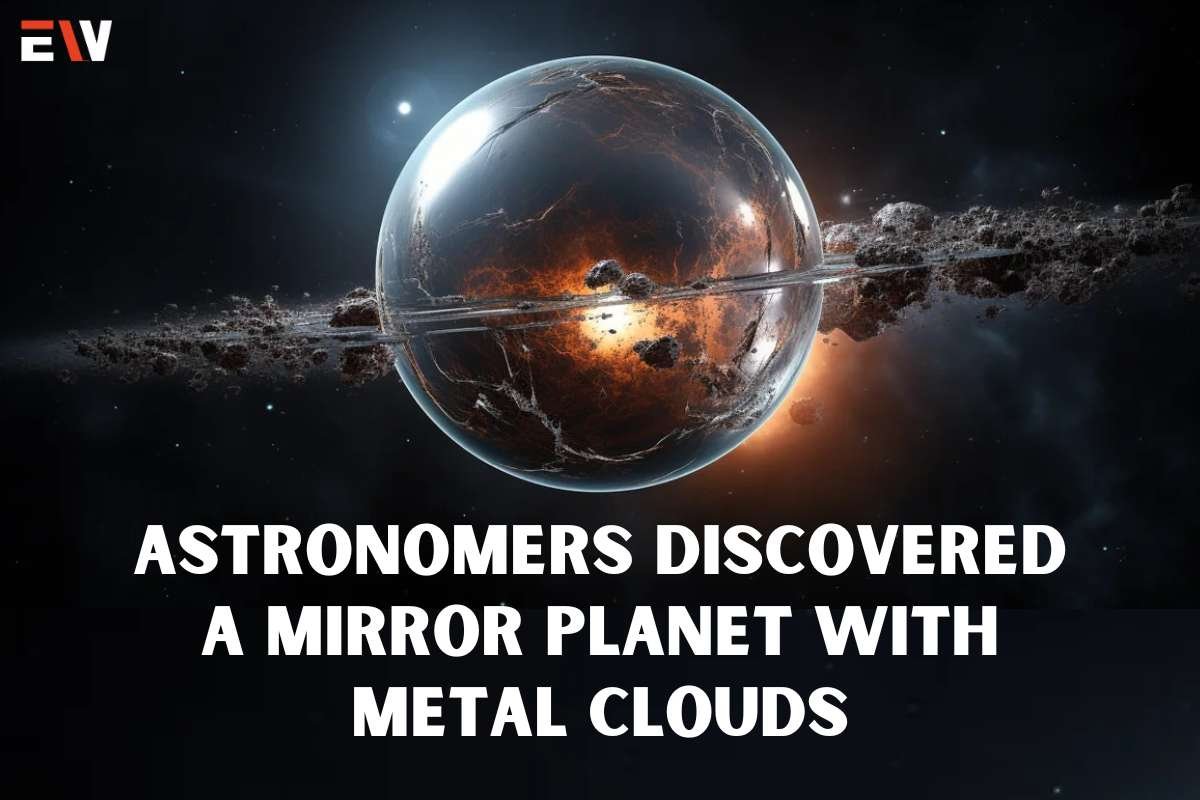Astronomers found a fascinating mirror planet in 2020. The planet, designated LTT9779 b, was discovered 260 light-years from Earth and is orbiting its star quite closely. The planet’s albedo, or how much light it reflects, was unusually high, especially considering how close the planet was to its host star. This was the most notable aspect, though. What led to the creation of this mirror planet? We may at last understand.
Find a Neptune-sized world
To provide some context, the Earth’s albedo is around 30% since it reflects 30% of the Sun’s light into space. As a result of its dense clouds, Venus, on the other hand, reflects about 75% of the Sun’s light. Astronomers were perplexed when they discovered that this star was reflecting over 80% of its own light. Astronomers thought the planet should be too hot to even support clouds. Its estimated surface temperature was 2,000 degrees Celsius, which explains why. Additionally, the mirror planet is significantly bigger than Neptune. It was already exciting to find a Neptune-sized world thus near to its star, but when scientists learned how much light it was reflecting, the whole mystery began to emerge.
So how might clouds reflect light on a world that is literally too hot for them? What if it was a mirror planet in real life? That answer might not be all that extraordinary, after all. In a recent publication published in Astronomy and Astrophysics, scientists from Europe speculate that it might have something to do with metal clouds.
Cheops, a highly accurate telescope that enables us to focus on specific planets and regions of the night sky, was utilized by astronomers. The mirror planet may very well feature a layer of titanate and silicate clouds, generating a mirror-like effect that reflects almost all of the star’s light back into space, as revealed by this focused follow-up on it.
LTT 9779 b: Exoplanet with mirror-like metal clouds discovered
It is a distinctive planet that demonstrates the complexity of our cosmos and the vast amount of unexplored territory that still awaits our discovery.
The Stars That Shine Brightest at Night
Two factors influence how bright something looks to us: the actual amount of light being emitted or reflected, and its distance. There is an obvious correlation between distance, luminosity, and apparent brightness if nothing is in the way of you and the object. Because of these factors, the Moon always comes in second to the Sun in the local competition. Astronomically speaking, it is pretty massive and close, while not being particularly brilliant.


![Top 20 Highest Paid Actresses in the World [2025]](https://enterprisewired.com/wp-content/uploads/2025/08/EW-Top-20-Highest-Paid-Actresses-in-the-World-2025-1-600x600.jpg)




![Top 20 Highest Paid Actresses in the World [2025]](https://enterprisewired.com/wp-content/uploads/2025/08/EW-Top-20-Highest-Paid-Actresses-in-the-World-2025-1-1024x683.jpg)


